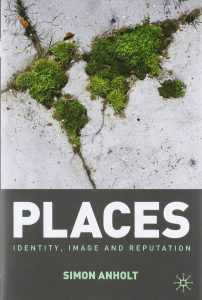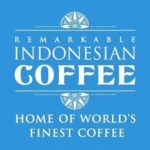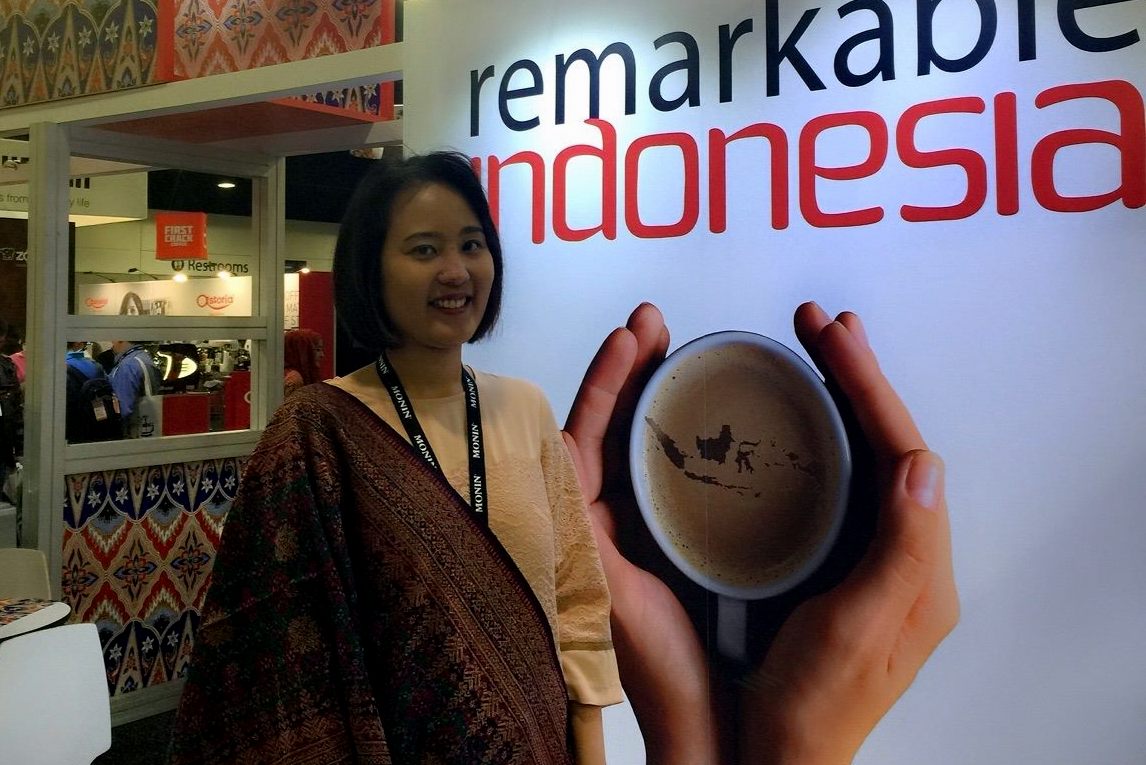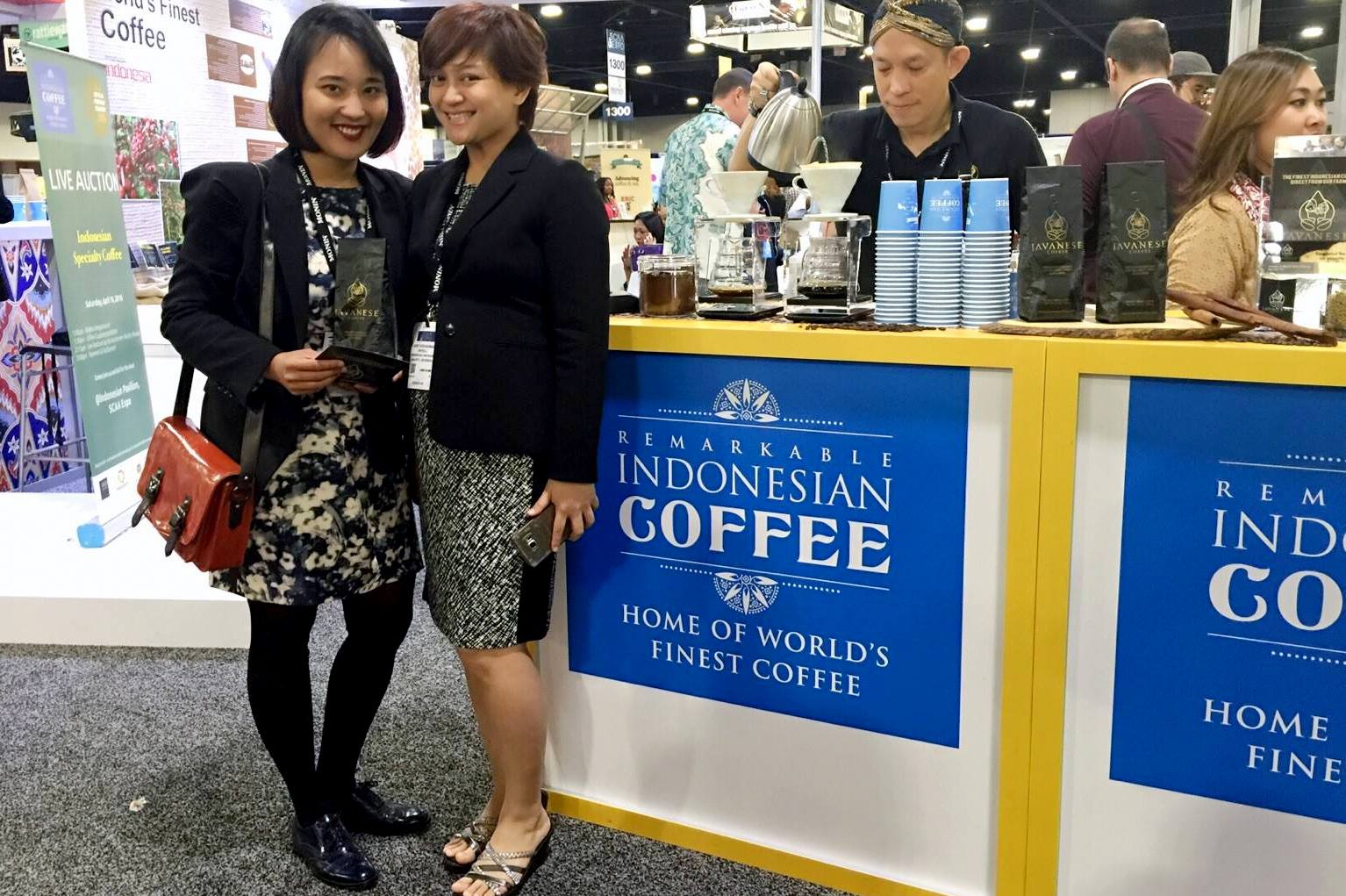Does coffee come to your mind when thinking about Indonesia? Country-of-origin, nation branding and public diplomacy are the passions of Gadis Ranty, a junior official at the Indonesian Ministry of Foreign Affairs. Gadis recently wrote an article for the Master of Public Diplomacy blog at the University of Southern California, Annenberg (USA), which was republished in The Jakarta Post. This guest post is an expanded version of the original article, in which Gadis shares her personal view.
Gadis, what motivated you to write the article on Coffee as an opportunity for the place branding of Java – and Indonesia more generally?
My article on Indonesia’s place branding as the heaven for the world’s finest coffee was based on the concern of the level of public ignorance of Indonesian coffees abroad, particularly in the United States, where I currently live.
As a coffee nation, Indonesia isn’t as well known internationally as the world’s top producer. US coffee importers, roasters, retailers, or even experts are hesitant to mention “Indonesia” as the geographical indication on their coffee product descriptions or labels. Coffee connoisseurs tend to focus on the specific regions, islands or farm estates where the beans come from, such as Sumatra Mandheling, Java Kayumas, Sulawesi Toraja, and the coffee flavors produced in these specific areas.
Americans use the word “Java” as a generic term to describe coffee of any type of origin, yet little do they know that Java is actually the name of one of Indonesia’s coffee producer islands. Such limited knowledge and lack of acknowledgment of Indonesia as the coffee archipelago can seriously undermine Indonesia’s integrity and credibility as one of the world’s largest coffee producers in the long run. The article was intended as a wake-up call for Indonesians to better brand coffee as an Indonesian product.
Which are the key findings from your research on this topic so far?
The global coffee consumption is predicted to soar during the next five years, partly due to the third wave coffee movement, especially in the United States. The movement refers to the emergence of specialty coffee connoisseurs in the United States who appreciate coffee as an artisan or craft beverage. Additionally, the movement grows along with the creation of many manual roasting and brewing tools in the coffee industry, designed to equip consumers with all they need to produce their own coffee.
Coffee, from the origin of the harvested bean to the roasting and brewing process, is now treated with the same reverence as fine wine and craft beer. And, who are these specialty coffee connoisseurs? The National Coffee Association in the USA identified an increase in consumption of specialty coffee by 70% among the Millennial generation (currently between 18 and 39 years young).
Millennials are willing to pay premium prices for brands that support the causes they care about. There is a rising demand for certifications for the coffee they consume (organic, sustainable, shade grown, fair trade, direct trade) and a thirst for stories behind their cup of Joe. Essentially, Millennials want to know the coffee they consume – from the seeds to the cup – and be emotionally engaged with the brand.
On the other side of the coin, the global supply chain of coffee is constantly changing. Because of climate change impacts, supply is now more volatile than ever. The questionable ability of Indonesia as a coffee producing country to cope with this changing environment does not necessarily help its popularity or reliability as a coffee producer.
The question is: Why would Americans buy a coffee product from a country they barely know?
The lack of information, good stories, acknowledgment, and testimonials on Indonesian coffees hinder the promotion of Indonesian coffee in the US market. This situation led me to re-think the branding of Indonesia as the world’s coffee producer. I then thought: what are the unique stories or quality characteristics of Indonesia as the land of coffee that distinguish it from other coffee producers?
 Not every country can produce coffee. The world’s second most valuable traded commodity after petroleum is only produced in countries located within the equatorial zone, or “the bean belt.” Indonesia is privileged to be among those, and to rank as world’s fourth largest coffee producer (after Brazil, Vietnam, and Colombia) with a total production of 622,000 metric tons per year and the origin for the most-prized coffee (Luwak or civet cat coffee).
Not every country can produce coffee. The world’s second most valuable traded commodity after petroleum is only produced in countries located within the equatorial zone, or “the bean belt.” Indonesia is privileged to be among those, and to rank as world’s fourth largest coffee producer (after Brazil, Vietnam, and Colombia) with a total production of 622,000 metric tons per year and the origin for the most-prized coffee (Luwak or civet cat coffee).
Such good stories, nevertheless, will mean nothing if they are not supported by a strong commitment from government, coffee farmers/exporters/entrepreneurs and civil society, coupled with sustainability policies and strategies to ensure the quality of Indonesian coffee, as well as the symbolic actions – remarkable and newsworthy representations of the national story.
I believe that a coherent implementation of these factors will affect the reputation of Indonesian coffee abroad, in line with Simon Anholt‘s suggestions about place branding in his book Places: Identity, Image, and Reputation (2009).
In your view, how important is coffee for the reputation of Indonesia, for example in the USA?
Anholt (2009) mentioned that branding captures the idea of reputation observed, reputation valued, and reputation managed and that, as society becomes more complex, more human transactions depend on trust in order to proceed.
I come to realize that to strengthen the reputation and trust of Indonesian coffee, Indonesians as a nation have to support their local coffee. This is the main idea of the “Java” project, which I proposed in the original article. I want to stimulate such an awareness among Indonesians.
I believe that the place branding project is an embodiment of our appreciation as a nation. Despite the fact that the largest part of Indonesian coffee production is consumed by Indonesians, they have to take part in multi-stakeholder collaboration to develop Indonesia’s coffee industry and to “produce” the stories necessary to support the storytelling for Indonesia as country-of-origin.
Such involvements could be, for instance, engaging in a public-private partnership that empowers local farmers, or establishing a network of local coffee entrepreneurs. The more Indonesians take part in the Indonesian coffee business, the more people will care about the quality of Indonesian coffee.
By working under the same vision for the glory of Indonesian coffee, local farmers, exporters, entrepreneurs, roasters, barista, can work as the promotion agents for Indonesian coffee abroad.
 Indonesian leaders need to encourage more people-to-people contacts between those agents and the public abroad, as the core of public diplomacy. Either privately led or government-sponsored public diplomacy initiatives will bolster the promotion of Indonesian coffee abroad. As a result, the story of sustainable and enhanced quality of Indonesian coffee will spread globally, and along with it the reputation and trust in Indonesia as a coffee archipelago. And, I believe that this will enhance Indonesia’s reputation as a country abroad, including in the United States.
Indonesian leaders need to encourage more people-to-people contacts between those agents and the public abroad, as the core of public diplomacy. Either privately led or government-sponsored public diplomacy initiatives will bolster the promotion of Indonesian coffee abroad. As a result, the story of sustainable and enhanced quality of Indonesian coffee will spread globally, and along with it the reputation and trust in Indonesia as a coffee archipelago. And, I believe that this will enhance Indonesia’s reputation as a country abroad, including in the United States.
The branding of Indonesian coffee here in the United States is crucial, considering that the American public is the world’s second largest coffee consumer. This is demonstrated in Indonesia’s various involvements at US coffee shows, including being the 2016 SCAA portrait country. Not only that, the social media accounts under @R1coffee (Twitter and Instagram) and Remarkable Indonesian Coffee (Facebook) are designed to facilitate engaging conversations with publics at home and abroad, especially in the US.
The spirit of public education on Indonesian coffee permeates through the daily messaging of those social media accounts. Of course, it has taken persistent collaborative efforts among various Indonesian stakeholders to get there.
(How) has your view on the branding and public diplomacy of Indonesia changed since you started your degree at USC Annenberg?
The Master of Public Diplomacy program at USC Annenberg has introduced me to a lot of innovative and creative ideas on public diplomacy and nation branding techniques. It is such a revelation. Before coming to the school, I took branding and public diplomacy at face value.
I initially thought that public diplomacy is about partnership and networking between the government and non-state actors, while branding is about the country’s promotion efforts. Period. Perhaps such a conception was mostly shaped by my previous experiences in assisting Indonesia’s public diplomacy programs under the public diplomacy desk at the Ministry of Foreign Affairs of Indonesia.
Even though “dialogue” plays its part in Indonesian public diplomacy, the conversations held were mainly symbolic, normative, and sometimes unsustainable. The topics were hard to grasp by the general public, which made it difficult to communicate them. And while programs are evaluated, the feedback obtained is rarely being followed up on.
I have learned that we need to develop the programs by using multiple information and communication technology tools.
Nation branding and public diplomacy involve conversation, listening, dialogue, and networking. Ideas are out there to be found. Creativity in messaging is important. To be believable is to be credible. Credibility comes along with trust and reputation.
Government actors have to work as the hub of the network and set the rules of engagement – what’s the partnership about, what are the good stories to be shared and what not. The rules are not set in the stone.
Consultations and coordinated actions between the government and the civil society are salient in ensuring the visions are evenly shared. The partners and stakeholders at home and abroad can be the promotion agents of Indonesia in any respect. Such a networking and partnership have to be revived and enlightened by information and communication.
And while issues and crisis management are inevitable, public diplomacy and national branding are not meant for damage control. The healthy network needs dedication, passion, coordination and constant engagement. Most importantly, branding and public diplomacy programs have to be done consistently and supported by coherent policies and strategies.
Public diplomacy and branding officials have to open up for two-way communication throughout the process and be ready for evaluation and adjustment at any given time.
Thank you, Gadis.
Connect with Gadis Ranty on LinkedIn, Twitter or visit her profile on Tumblr. The original article was published on the USC Public Diplomacy blog and in The Jakarta Post.
About Gadis Ranty
Gadis Ranty is a junior foreign service officer at the Ministry of Foreign Affairs of the Republic of Indonesia (MOFA RI) and currently interning at Indonesian Trade Promotion Center in Los Angeles. Coffee Diplomacy and Indonesian Place Branding Strategy are her main focus at the moment.
Gadis just graduated from University of Southern California, Los Angeles as Master of Public Diplomacy. In the past, she worked for the Directorate of Public Diplomacy at MOFA RI as the head of Government/Non-Government Inter-institutional relationship Section (2011-2014) and Staff at the Directorate of Human Rights and Humanitarian Affairs (2010-2011).
In 2009, she joined the short diplomatic course facilitated by Clingendael Institute – one of the prominent EU foreign policy think tanks. She got her Bachelor of Arts from University of Indonesia, major in Communication-Media Studies (2008).
Liked this guest post by Gadis Ranty on public diplomacy, coffee and Indonesia as Country of Origin? Spread the word!



